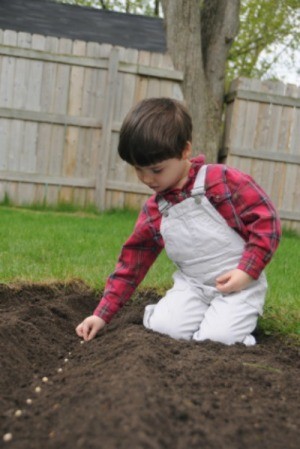 Mid to late summer is a great time to plant seeds for a "second season" crop. After harvesting early maturing crops like salad greens, radishes, peas, and spinach, plant a second wave of your favorite cool-season vegetables for a bountiful fall harvest. Even in the coldest zones, there is still plenty of time for varieties to grow and reach maturity before the first frost.
Mid to late summer is a great time to plant seeds for a "second season" crop. After harvesting early maturing crops like salad greens, radishes, peas, and spinach, plant a second wave of your favorite cool-season vegetables for a bountiful fall harvest. Even in the coldest zones, there is still plenty of time for varieties to grow and reach maturity before the first frost.
The key to growing second season vegetables for a fall harvest is timing. As the growing season marches on, the days will get shorter, the soil cooler, and the sun's rays less intense. The first step is to determine your average first frost date. Then look at the seed packet for days to maturity and add another 14 days to that number to account for the shortening days. Once you calculate the days to maturity, use that number to calculate back to the seed-starting date. To ensure a harvest before cold weather arrives, select "early" or "fast-maturing" varieties for planting.
Don't forget about the flowers! Lots of annual and perennial flowers thrive in cool weather and can be sown mid-summer for fall blooms. Try annuals like alyssum, candytuft, calendula, stock, and sweet peas; or perennials like bee balm, toad lily, red-hot poker, or evening primrose.
Mid-summer heat can be stressful to seedlings and transplants normally grown during the cooler, wet weather of spring. Keep the soil moist as your seeds are germinating and protect young seedlings from the hot afternoon sun. Salad crops, which prefer cooler soil, can be started indoors and transplanted outdoors as soon as soil temperatures start to cool down a bit. When the weather turns cold, extend your plants' season by growing crops under row covers and cold frames.
This page contains the following solutions.
Late summer and early fall is the perfect time to squeeze a second season of vegetables out of your garden. For crops like corn, the warm days and cool nights of fall concentrate their sugars, which acts to enhance their flavor.